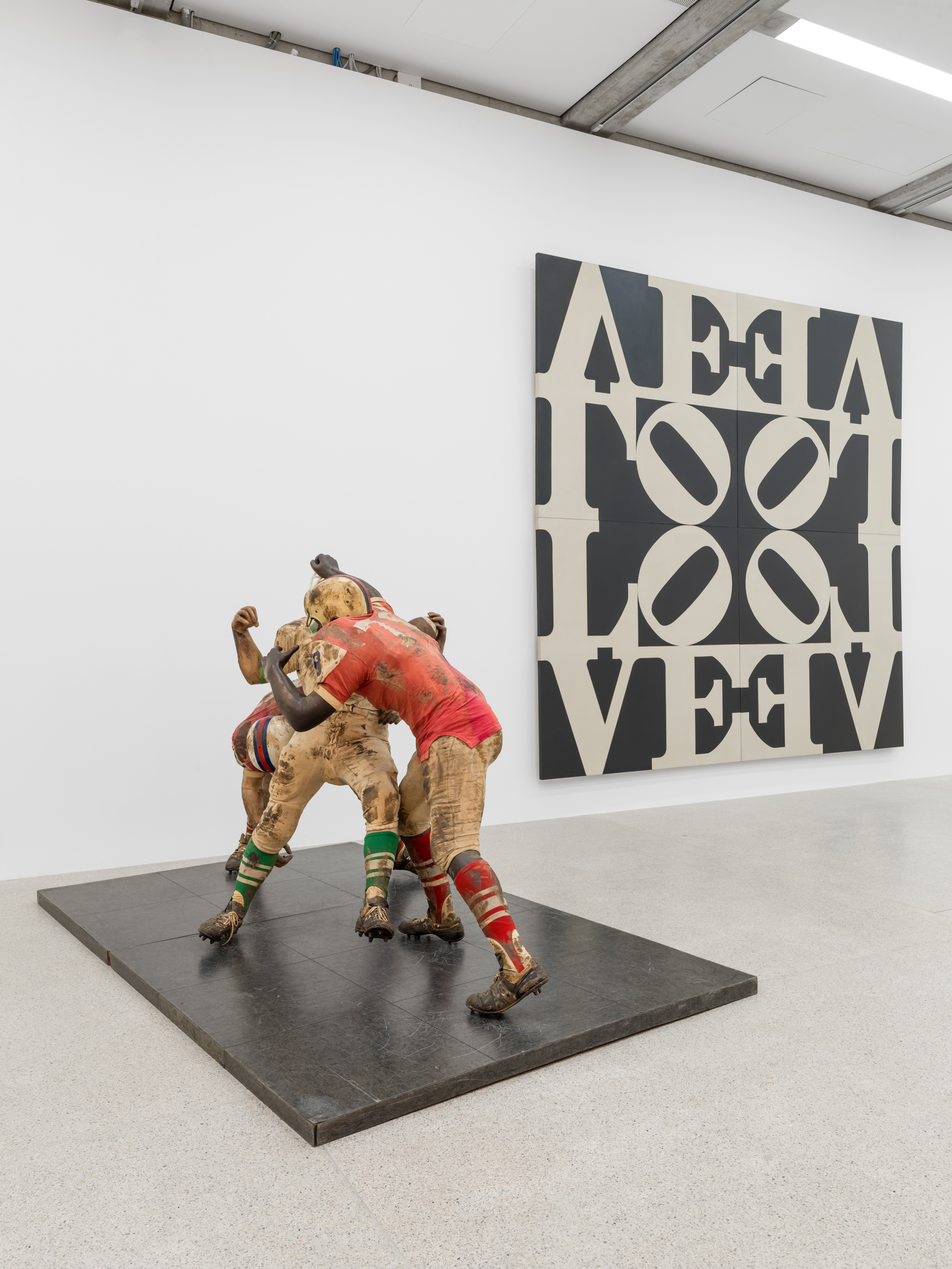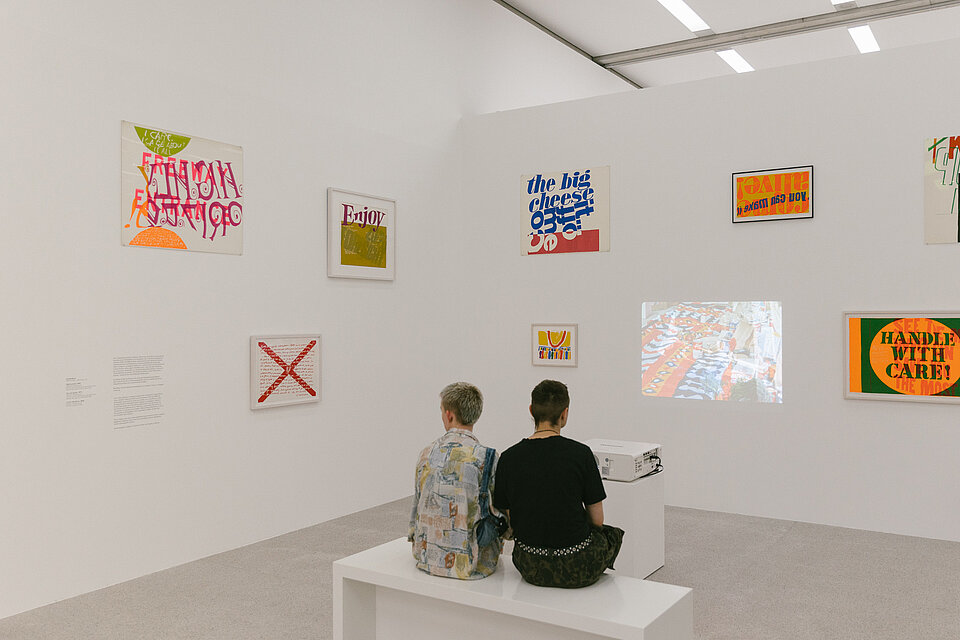The nun, artist, teacher, philosopher and political activist Corita Kent is one of the most unusual artists of the Pop Art era. Born in Iowa in 1918, Kent joined the Catholic Order of the Immaculate Heart of Mary as a teenager and remained a member, going by the name of Sister Corita, until 1968. It was a relatively liberal and secular order. Educational work and artistic activities played a major role. As a member of the fine arts section, which she subsequently headed, Kent rapidly became known beyond the order. She turned to screen printing at an early stage as an uncomplicated, cheap, easy-to-use reproduction technique. Back then, screen printing was mainly used in advertising and graphic design, but within the world of the fine arts in the narrower sense was not nearly as generally accepted as it is today.
In her colorful screen prints, Kent sometimes directly appropriated the language and design of her urban environment, drawing on advertising posters, street signs or consumer goods packaging. She added an unfamiliar twist to this original material, cropped it or re-mixed it to create accessible and compelling text-image collages – quite often with a view to conveying the Christian message.
In the late 1960s, Kent also tapped into the visual means of capitalist consumer society to take a firm stand against the Vietnam War and race-related injustices in the USA. The works created after she left the order, however, take a step back, with the colors unleashed and messages now worded in more general terms. Kent’s screenprints from the nineteen-sixties, with statements frequently at the intersection between Catholic social doctrine and the then prevalent anti-war and dropout rhetoric of US counterculture offer an impressive example of how a political twist and purpose can be overlaid on Pop Art’s catchy visual language.

